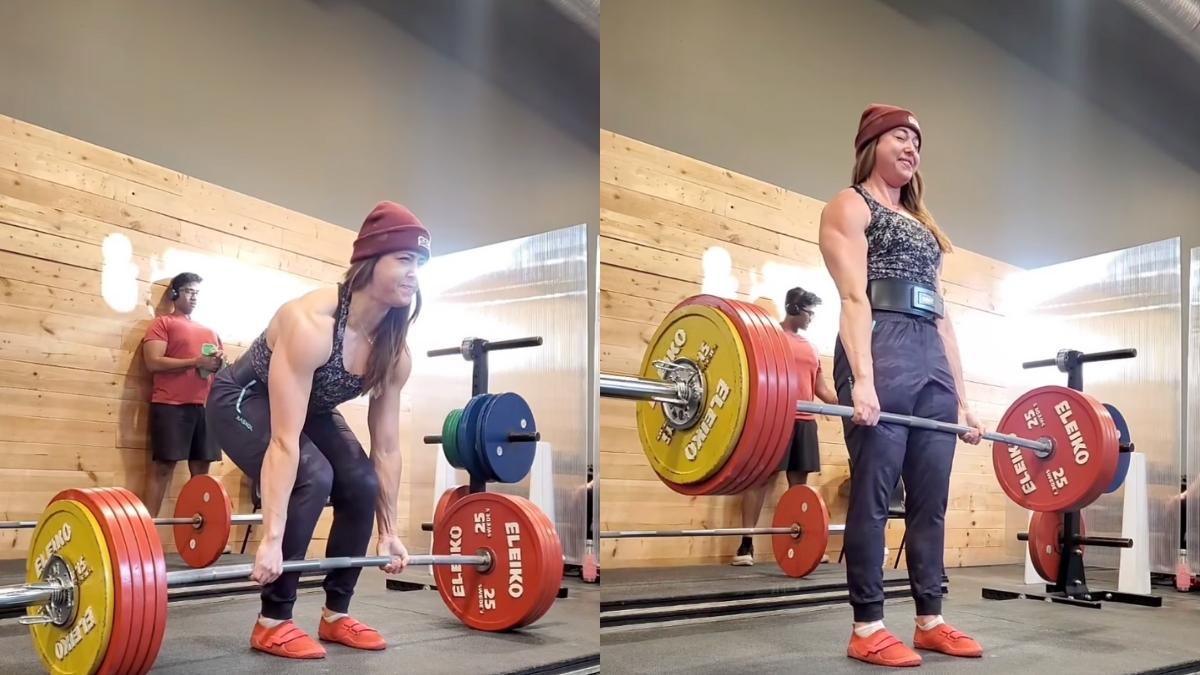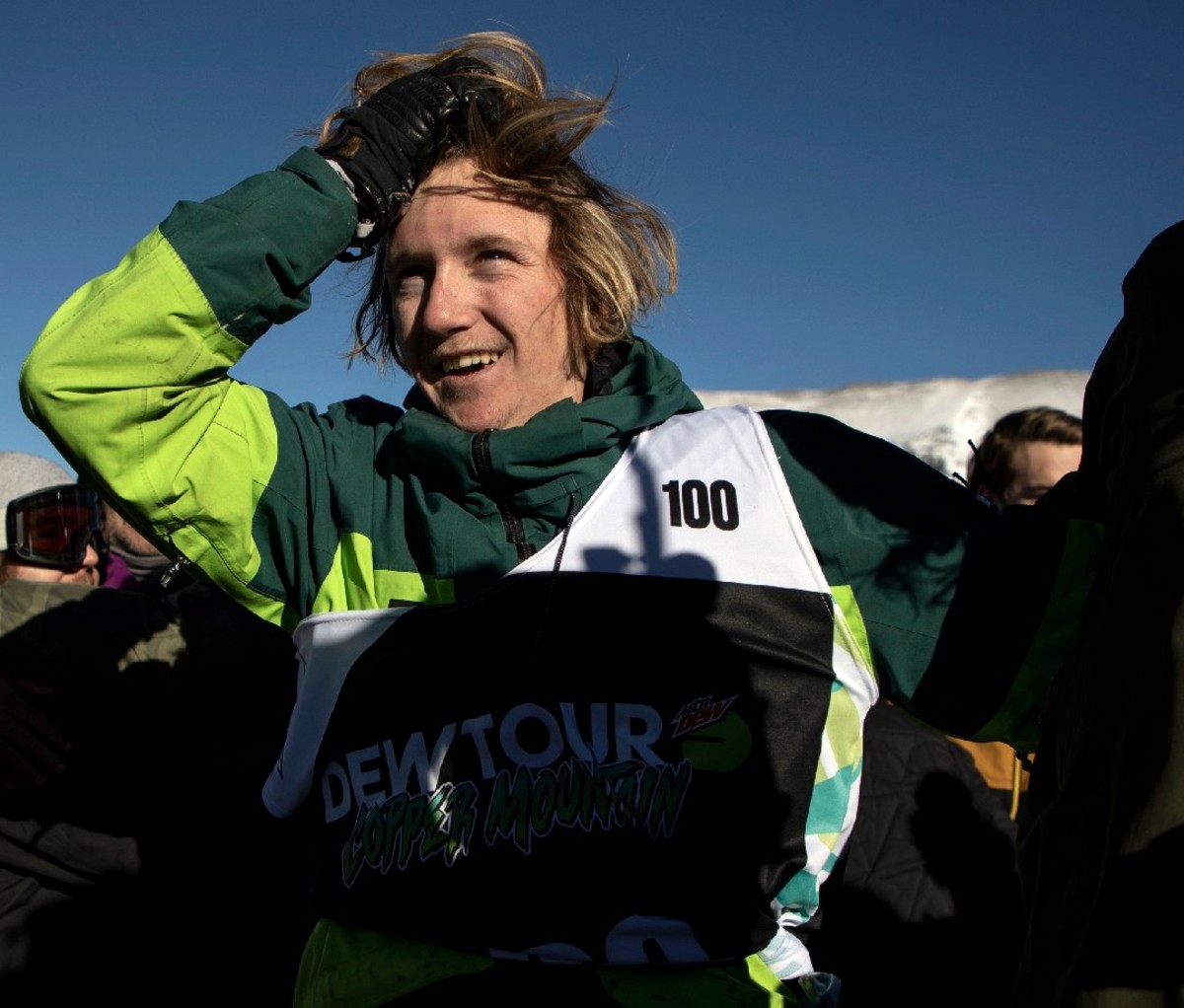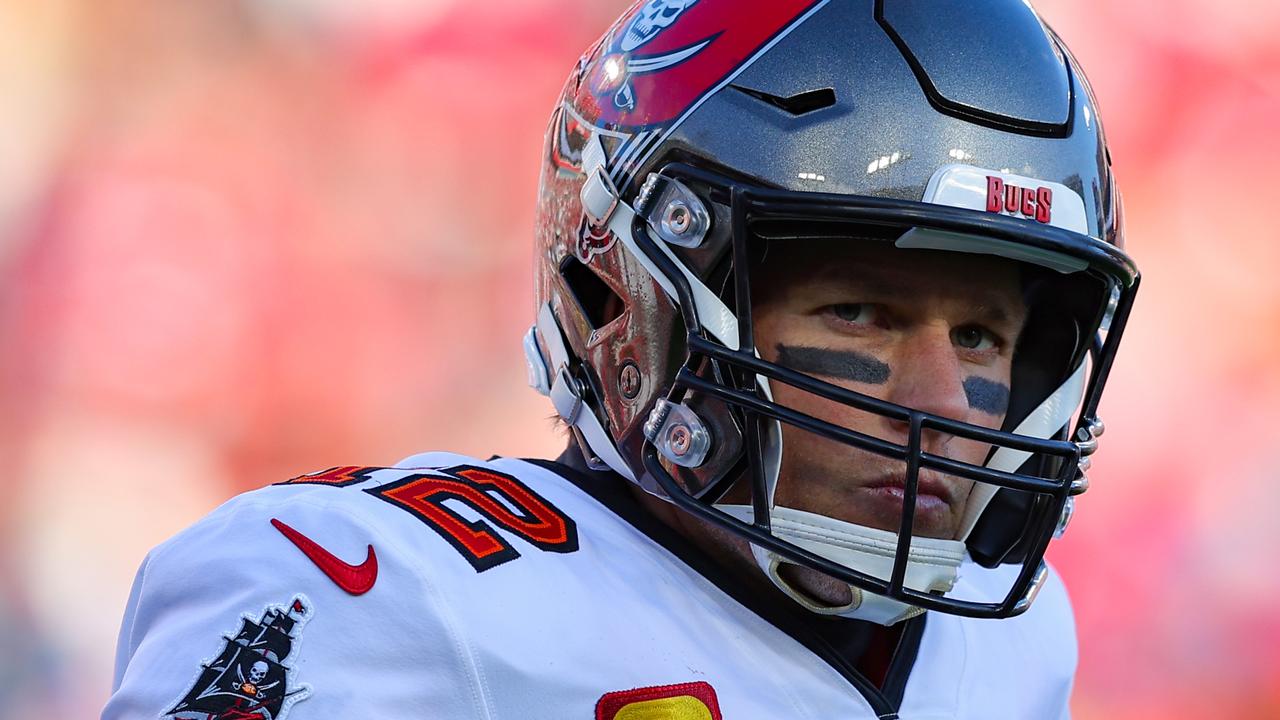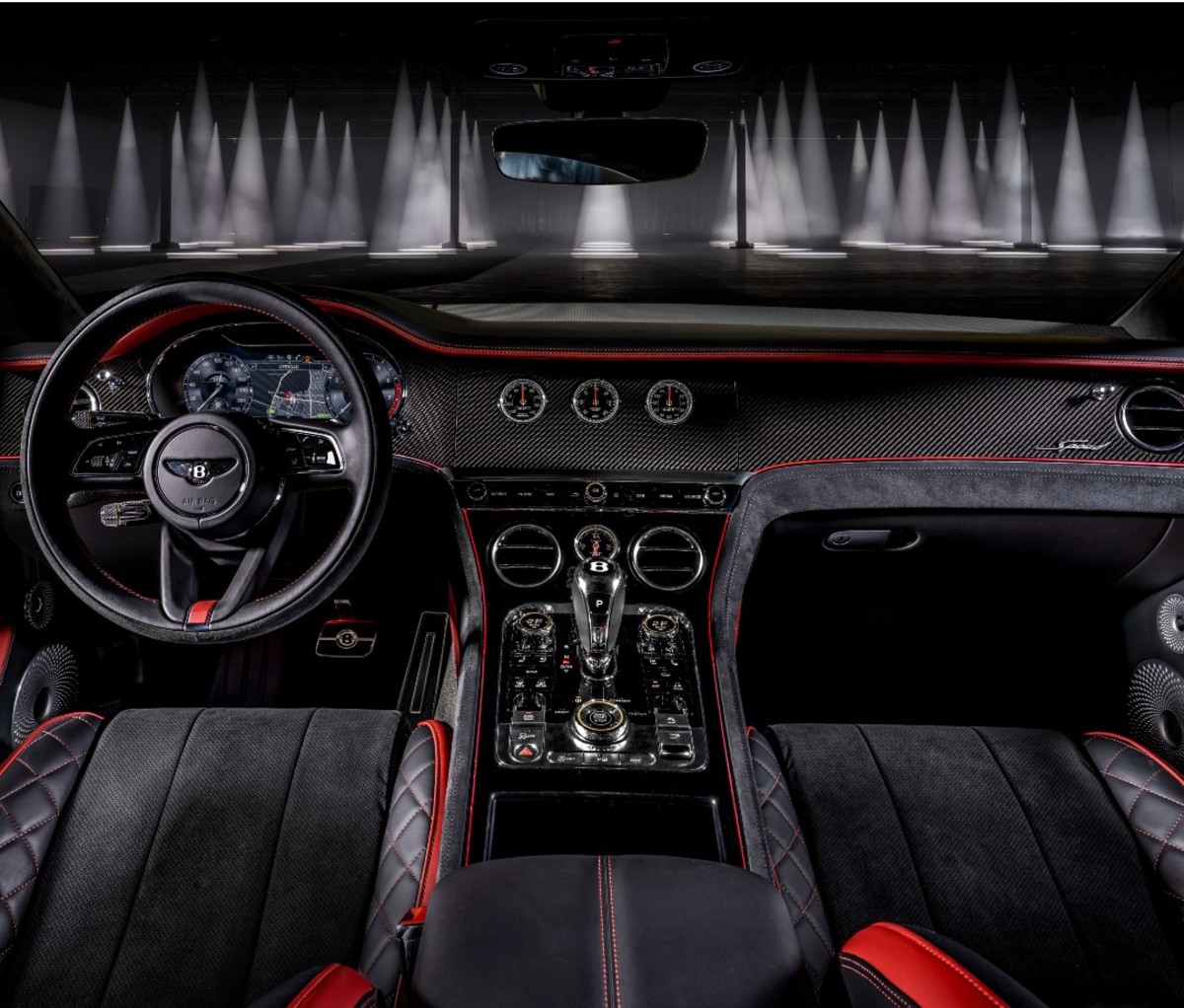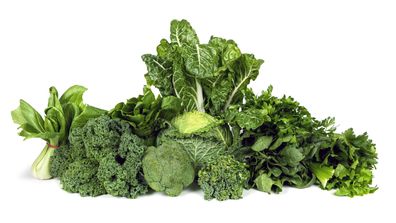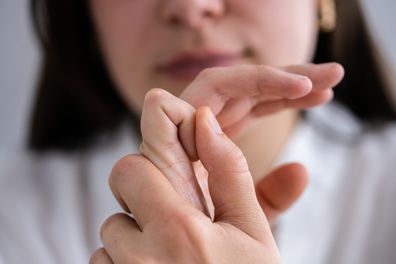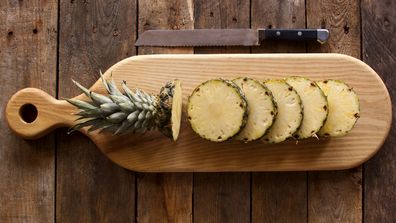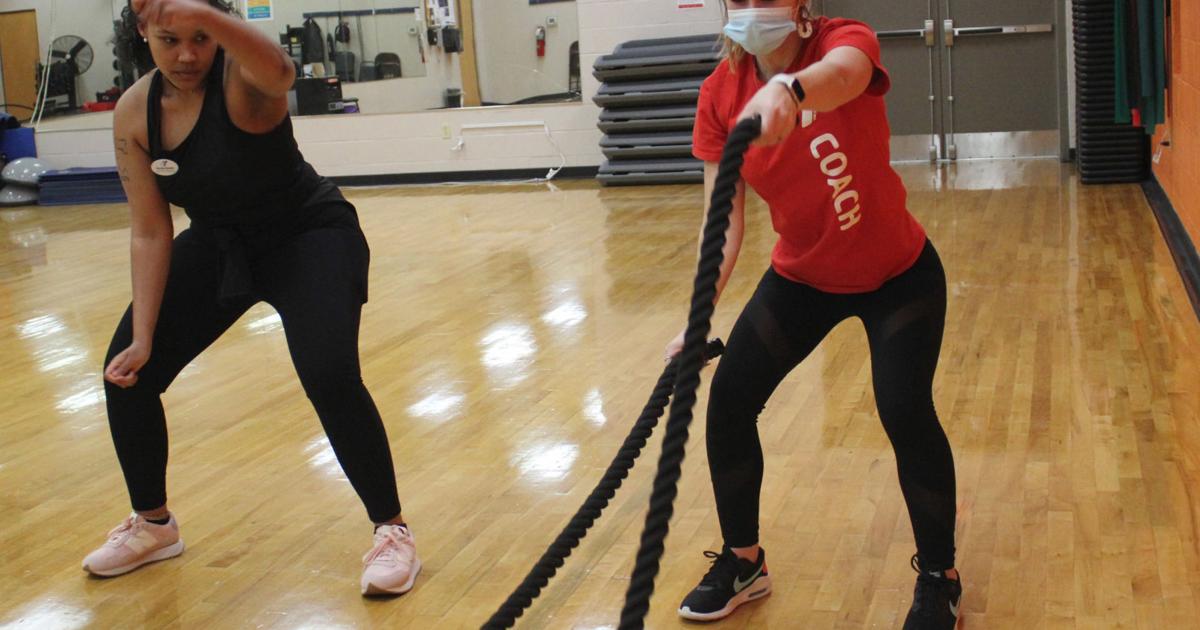
Whether it’s performing yoga in the morning or taking Zumba dance classes in the evening, a lot more folks are making good on their New Year’s promise to get fit.
The desire to lose weight, increase range of motion and stay faithful to an established routine are reasons more people are blocking their weekly schedules to set aside time to exercise. And given the impact COVID-19 shutdowns had on the fitness business over the past two years, staff at area fitness centers and gyms couldn’t be happier.
“Our YMCA typically experiences an increase (in membership signups) in January but this year it (increase) is a welcomed mix of individuals that have decided to make a healthy lifestyle part of their every day routine,” said Jane Snyder, executive director for the Albemarle Family YMCA.
One thing that COVID-19 has changed about the fitness business is the growth of virtual exercise programs for people who want help with fitness but don’t yet feel comfortable going to a gym. Fitness centers also have had to make other adjustments to accommodate the schedules of persons who want to exercise at a gym but need more flexible hours.
Snyder said the YMCA added a 24-hour access pass last year that provides adults more flexible hours to exercise. Virtual classes are also part of any YMCA membership, but YMCA members may also choose a Virtual Y plan priced at $4.99 per month. The YMCA has also increased group exercise classes for members who enjoy working out and having fun with others.
Exercise programs offered by the Albemarle Family YMCA and other YMCAs in the region include solo and group cycling programs, chair exercises, water exercises, strength training, cardio strengthening techniques, rock-climbing sessions and one-on-one swim lessons. There are also opportunities to sign up to work with a personal trainer.
“The YMCA has pivoted to provide exercise opportunities to fit varying comfort levels,” Snyder said. “Many of the individuals returning (to the YMCA) have fitness goals ranging from … learning to swim to learning to lift weights for the first time.”
Snyder said Albemarle Family YMCA maintains a gold badge for safety, puts members’ safety first and “has remained vigilant to ensure a safe and sanitary facility while welcoming our members during this challenging time.”
Paul Bossi, president of Fitness Warehouse in downtown Elizabeth City, says the gym also has seen an increase in new members since the start of January, some of whom are coming in to honor their New Year’s resolutions. Others are focused on losing weight and building strength after being cooped up at home the past two years.
“A large group of the new members are looking to shed the 20-30 (pounds) they gained while being forced to stay home due to COVID-19,” Bossi said.
Asked whether any past gym members have expressed concerns about COVID safety, Bossi said he hasn’t heard many.
“We have reassured them, though, that we are cleaning (gym spaces) 5-6 times a day as well as having enough sanitizer bottles for each member to wipe down the machines before and after each use,” Bossi said.
Fitness Warehouse does offer personal training sessions for those who “do not know how to work out,” Bossi said. Currently, the gym doesn’t offer virtual workouts for members who want to work out at home but it is something we “need to consider,” he said.
Signing up for a gym membership isn’t the only way to reach a fitness goal, however.
Elizabeth City Parks and Recreation offers exercise classes during the winter for adults at the Knobbs Creek Recreation Center. The next batch of classes will begin Feb. 14 and run through March 19. Yoga will be offered from 7 p.m. to 8 p.m. on Wednesdays from Feb. 16 to March 16. The class costs $20. Mixxed Fit classes are offered from 6 p.m. to 7 p.m. Mondays and Wednesdays, also for a $20 fee.
According to Rashirley Santiago, administrative assistant with Parks and Recreation, one of the more popular classes is one that pairs fast tempo, contemporary music with 60 minutes of dance and assorted fitness routines. Flex and sessions of H.I.I.T. — a high intensity interval training — offer challenging, rhythmic exercise, she said.
“Adult fitness attendance has picked up here at Parks and Recreation, probably due to New Year’s resolutions,” Santiago said. “We try to keep as much information about classes on our website as possible and we are planning more for the spring.”
Knobbs Creek also offers open gym hours from 9 a.m. to 2 p.m. Monday through Friday.
“There are also activities for seniors at the Senior Center as well so we hope more people will come out this year,” Santiago said.
